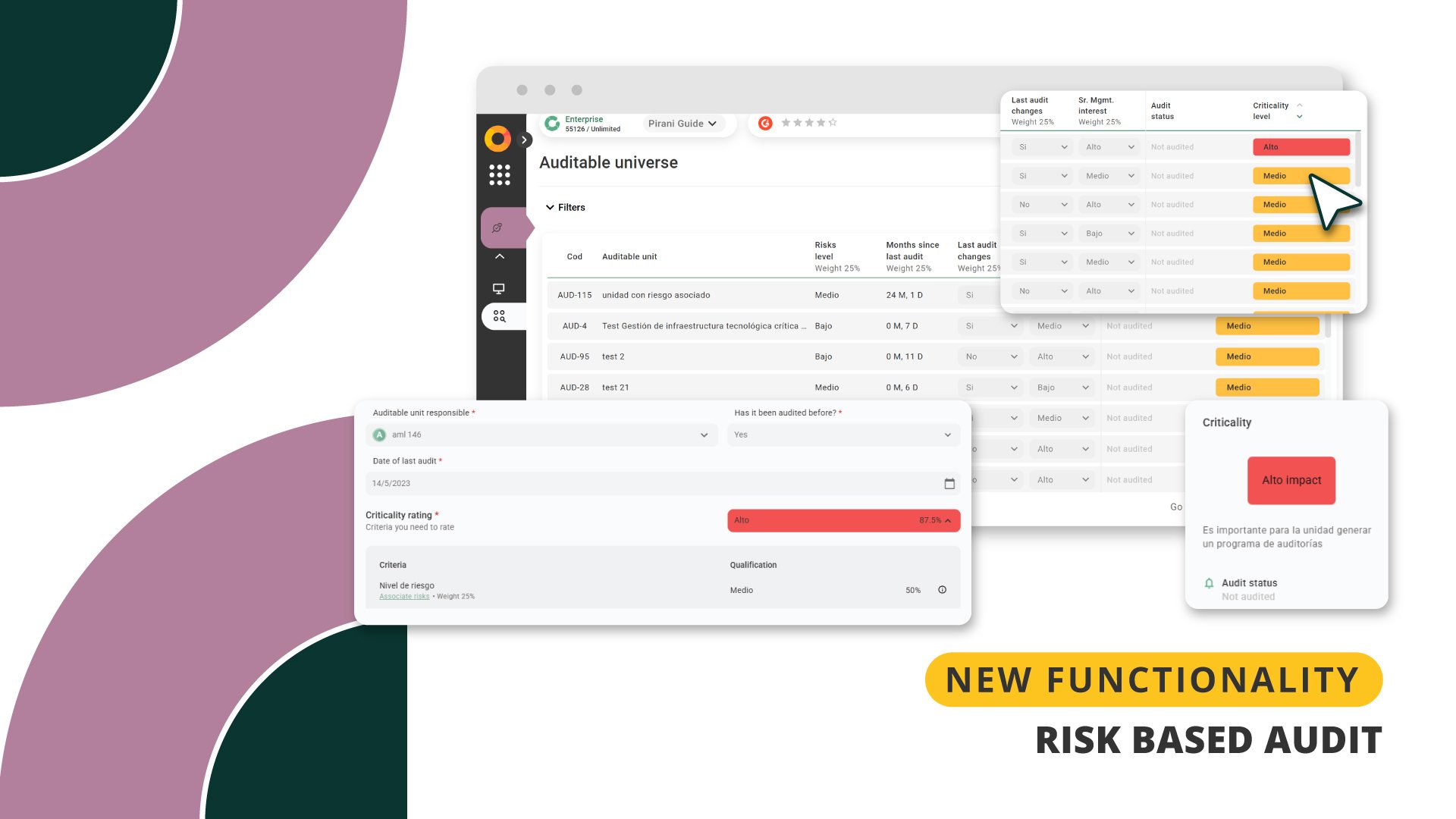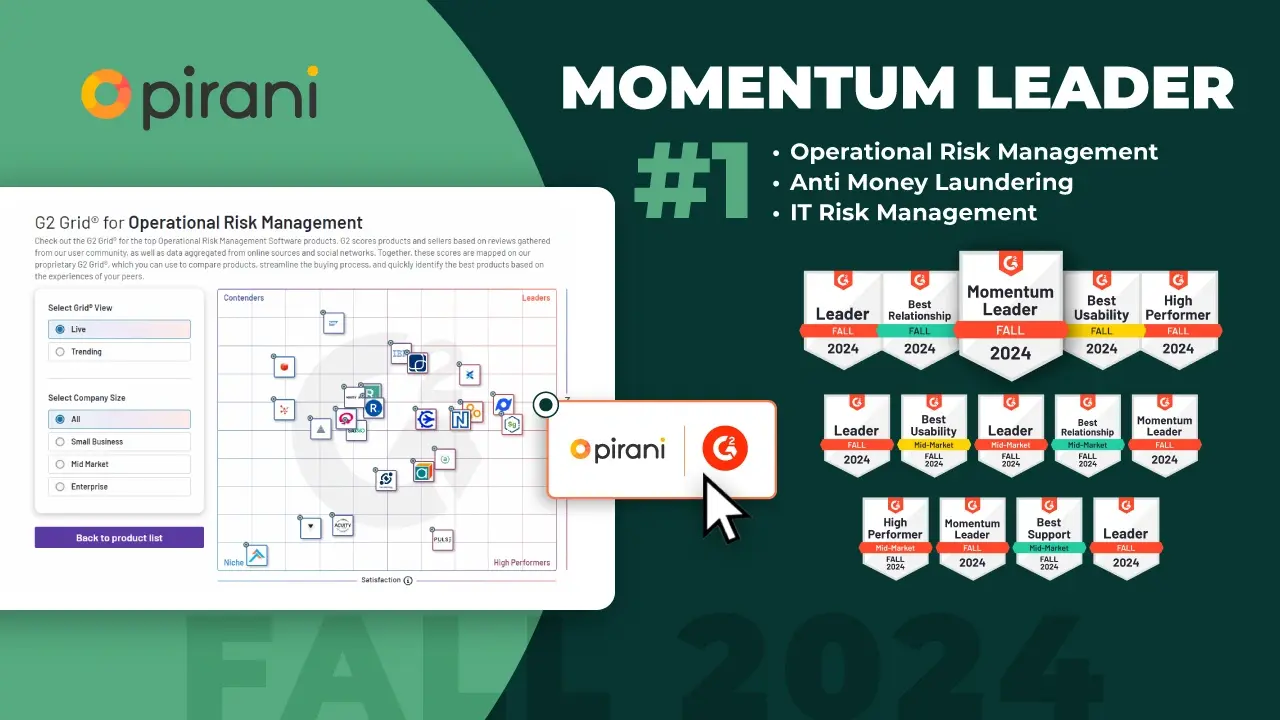Case Study: Barings Bank Fraud

|
Contents |
A history of prestige
Barings Bank, one of the oldest in Britain and the world, was created in 1792. Throughout its history, it had financed the Napoleonic wars for the British Crown and the purchase of Louisiana by the Americans. It also had customers such as Queen Elizabeth II.
In 1980, Barings was considered to be one of the role models of commercial management in Europe. Its recognition as a financial entity became such that management decided to expand its operations in Asia, the Pacific and Latin America.
Despite its prestige, Barings Bank became insolvent on February 26, 1995, due to transactions performed by Nick Leeson, one of its officers, from the bank's small office in Singapore, Barings Securities Singapore (BSS), which had opened its doors in 1987.
The rise of a young prodigy
Nick Leeson started his career as an employee of Coutts & Company, and years later he moved to Morgan Stanley, where he learned about the world of financial investments. At the tender age of 22, Leeson began working at Barings Bank on July 10, 1989.
In 1992, Leeson was sent to the BSS as general manager of futures markets transactions. In order to develop stock trading on the Singapore Stock Exchange, he had to hire staff for the back office area, the unit responsible for the settlement, documentation, support and accounting of derivative transactions. However, the guidance received by the young manager stated that the amount and salary of his staff should be restricted. Therefore, Leeson ended up hiring young, inexperienced professionals.
Later, he was authorized to trade personally, which was not part of a general manager's job. In turn, as head of operations, he made sure the accounting was accurate.
The beginning of the end
On July 17, 1992, in order to cover up the failure of one of his employees, who had mistakenly purchased twenty futures contracts from the Japan Governmental Bond, Leeson opened account 88888 to follow up on the error. The account was then used to conceal unauthorized transactions. Through this account, dozens of transactions of the same type were performed between September and December of the same year.
When those negative transactions began to grow, Leeson began trading in the options market to cover losses. In July 1993, Leeson had temporarily reversed his loss-making position and had achieved astronomical gains. However, by continuing to perform unauthorized transactions without any supervision, he managed to accumulate losses of more than one million pounds, but Leeson concealed his daily margins by asking for transfers from the Barings headquarters in London, a situation which was not suspicious for the bank's management.
Inadequate management and poor risk management
The fact that Leeson's requests were accepted was due to several reasons. The lack of controls over the Singapore office, the disinterest of supervisors in reviewing transaction records and internal auditor reports, the number of customers with large volumes of transactions and the positive figures that Leeson reported as profits made it easier for transfer orders to be accepted without many obstacles.
This scenario was also favored by the lack of controls. Leeson reported directly to only four people: the regional operations manager of Barings in South Asia, the global futures and options manager based in Tokyo, and two executives of Barings Securities Limited in London. In this sense, management failed to restrict a trader who was generating disproportionate profits from a small area of the bank.
In July 1994, an internal audit was conducted on Baring Futures Singapore (BFS). Although no irregularities were identified regarding unauthorized transactions, it was noted in the final report that Leeson was exercising the dual function of trader and back office manager, which allowed him to perform transactions and then adjust them according to his own instructions, but this warning signal was ignored by Barings' managers.
In January 1995, Leeson performed a transaction, hoping that the Japanese market would not change until the next day. However, little did he imagine that Asian markets would collapse as a result of the earthquake in the Japanese city of Kobe. Leeson tried to recover losses through various risky transactions, which ended up creating an even larger gap.
A month later, the only external audit on BFS was conducted by Coopers & Lybrand. To avoid detection by the audit firm, Leeson forged several documents, including bank statements and a positive preliminary report on the status of the shares. Until then, the bank's financial situation could have recovered, as losses amounted to GBP 200 million and the bank's share capital totaled GBP 500 million. However, during the three weeks following the audit, losses tripled to 600 million pounds.
Leeson fled to Kuala Lumpur when the situation became unsustainable, and the bank's auditors finally discovered the fraud through a note that Leeson himself had sent to management. So, Barings Bank was declared insolvent on February 26, 1995, and was bought by Dutch bank ING for the symbolic sum of 1 pound.
When Nick Leeson's fraud was discovered in 1995, the banks claimed they already knew how this broker had managed to circumvent the financial institution and claimed that the loopholes in the bank's system had been closed. However, according to Leeson, few things have changed since then, and he assures that some cases of operational risk are identical to his own. In his opinion, "the existing holes in the banking system have not been closed to make this possible. I think, if you look at what the banks are trying to do, you will see that they are just concentrating on making money, not protecting it".
Although the systems used by brokers are continually being improved, Nick Leeson says, "not a lot of attention is being placed on the risk management areas or the complaints department, which are the ones where money can be controlled". Thus, the fall of Barings Bank shows how important it is to know how to identify, manage and control risk before events occur.
You May Also Like
These Related Stories

Navigating Risk Management in Banking: A Complete Guide

Get to know the fundamental principles of Basel in banking

Risk-Based Auditing as a Tool for Strategic Decision-Making

Pirani Leads Risk Grid and Wins 13 Badges on G2

Why do banks retain inactive customer data?



No Comments Yet
Let us know what you think